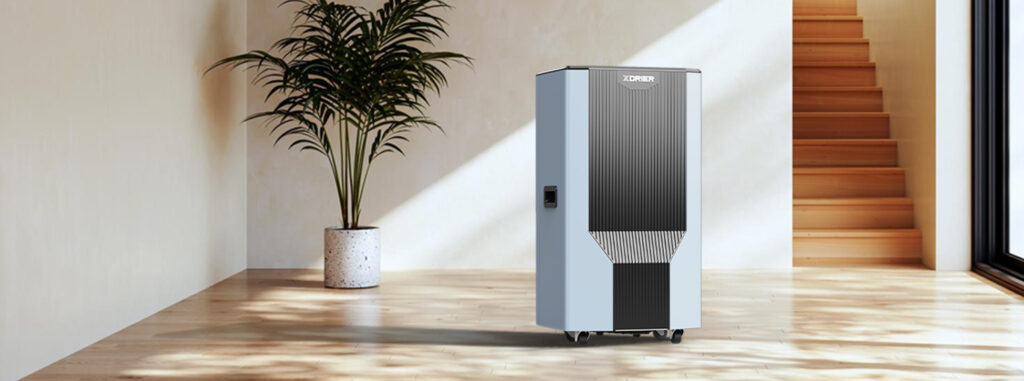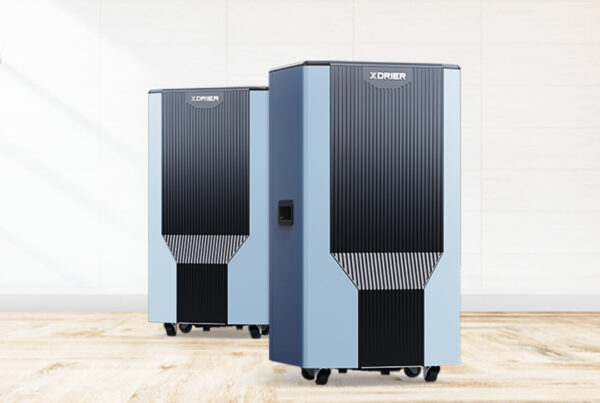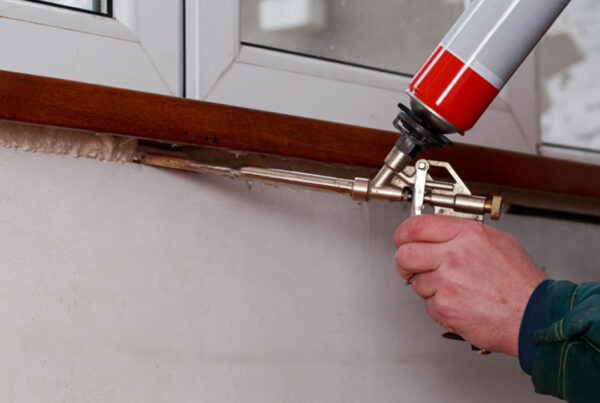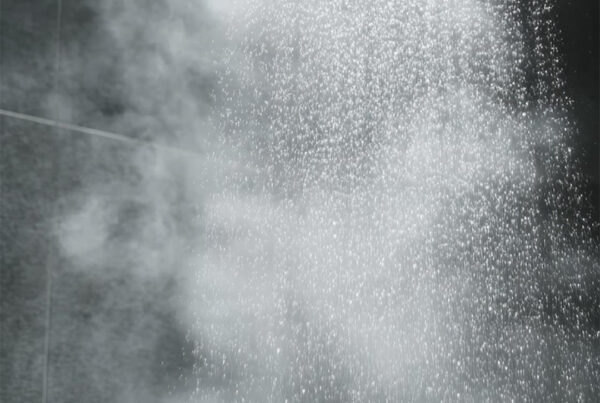How To Dehumidify Your Home
- Gabrielle Anne Banan

Excess moisture in your home can cause a variety of issues, from mold growth to discomfort. The good news is that dehumidifying your home is a simple yet effective way to combat these problems and improve indoor air quality.
In this how-to guide, we will cover the best tips to dehumidify your home, ensuring a healthier, more comfortable living space.
Why Dehumidification Matters
Maintaining the right humidity levels in your home is essential for both your comfort and the longevity of your property. Excess moisture in the air can lead to numerous problems, from health concerns to structural damage.
Understanding the importance of dehumidification can help you take proactive steps to protect your home and well-being. Here’s why keeping your indoor humidity in check is important:
- Control Mold Growth
Mold thrives in damp environments, which can negatively affect your health and the structure of your home.
- Alleviate Respiratory Issues
Excess moisture can lead to dampness in the air, making it harder to breathe, especially for people with allergies or asthma.
- Fix Furniture and Property Damage
Prolonged exposure to excess moisture can weaken the materials in your home, leading to costly repairs.
- Keep Away Pests
High humidity can create the perfect environment for pests like dust mites and termites.
Effective Methods in Dehumidifying Your Home
Here’s how you can create a healthier, more comfortable living environment for you and your loved ones:

1. Use a High-Quality Dehumidifier
The most efficient and reliable way to dehumidify a home is through using a dehumidifier.
Specifically designed to remove moisture in the air, dehumidifiers keep your humidity levels in check. XDRIER is an excellent choice for homeowners looking for an energy-efficient and effective solution.
Why Choose XDRIER?
Energy-efficient
XDRIER’s dehumidifiers use less power compared to traditional models, which can significantly reduce your electricity bills.
High Moisture Removal Capacity
Whether you’re dealing with a small bathroom or a large basement, XDRIER’s dehumidifiers are capable of handling various room sizes with ease.
Quiet Operation
XDRIER’s models operate quietly, ensuring that your home remains peaceful and free from loud mechanical noises.
To use a dehumidifier effectively, place it in areas with the highest moisture levels. Basements, bathrooms, and kitchens are typically the most humid parts of the home, so focus on these areas first.

2. Ventilate Your Home
Good ventilation is key to managing indoor humidity levels.
Cross-ventilation, achieved by opening windows on opposite sides of your home, is particularly effective in reducing humidity.
In moisture-prone areas like bathrooms and kitchens, using exhaust fans is crucial. These fans help expel moist air generated from activities like cooking or showering, preventing it from accumulating in your home. Ensure that the fans are vented to the outside, as recirculating the air indoors won’t effectively reduce humidity.
For rooms with limited airflow, consider adding mechanical ventilation systems, such as whole-house fans or energy recovery ventilators (ERVs). These systems are designed to remove stale, humid air and bring in fresh, dry air, ensuring a balanced indoor environment.
If natural ventilation isn’t an option, using portable fans and placing them near windows or doors can help draw out humid air. Regularly maintaining your ventilation systems, such as cleaning fan blades and checking for clogs, ensures they work efficiently to keep your home dry and comfortable.

3. Seal Leaks and Insulate Properly
Leaks and poor insulation can contribute to higher humidity levels by allowing outdoor moisture to enter your home. It’s essential to check for and seal any gaps in windows, doors, and walls. Insulating areas like attics and basements also helps maintain a consistent indoor temperature and prevents humidity from rising.

4. Control Moisture Sources
Many of our everyday activities can increase indoor humidity levels even without us noticing, such as:
- Watering plants
- Taking showers
- Cooking for an extended period of time
Being mindful of these moisture sources can be helpful in reducing excess humidity.

5. Use Air Conditioners
Air conditioners not only cool the air, but also help reduce indoor humidity. When your air conditioner is running, it condenses moisture in the air, removing it in the room.
If your home is consistently humid, consider running your air conditioner regularly to help keep the air dry. Make sure your air conditioner is properly maintained and its filters are cleaned to ensure optimal performance.
When to Consider Professional Assistance
In some cases, the humidity levels in your home may be too high for DIY methods to handle. If you notice persistent dampness, mold growth, or a musty smell, it may be time to consult with a professional. They can assess the cause of the humidity and provide more tailored solutions that fit your space’s exact needs.
Our dehumidifiers are designed to meet the needs of every homeowner, offering energy-efficient, quiet, and reliable performance. Whether you’re dealing with a damp basement or want to improve the air quality throughout your home, XDRIER has a solution for you.
Ready to take control of the humidity in your home? Explore XDRIER’s dehumidifiers today!
